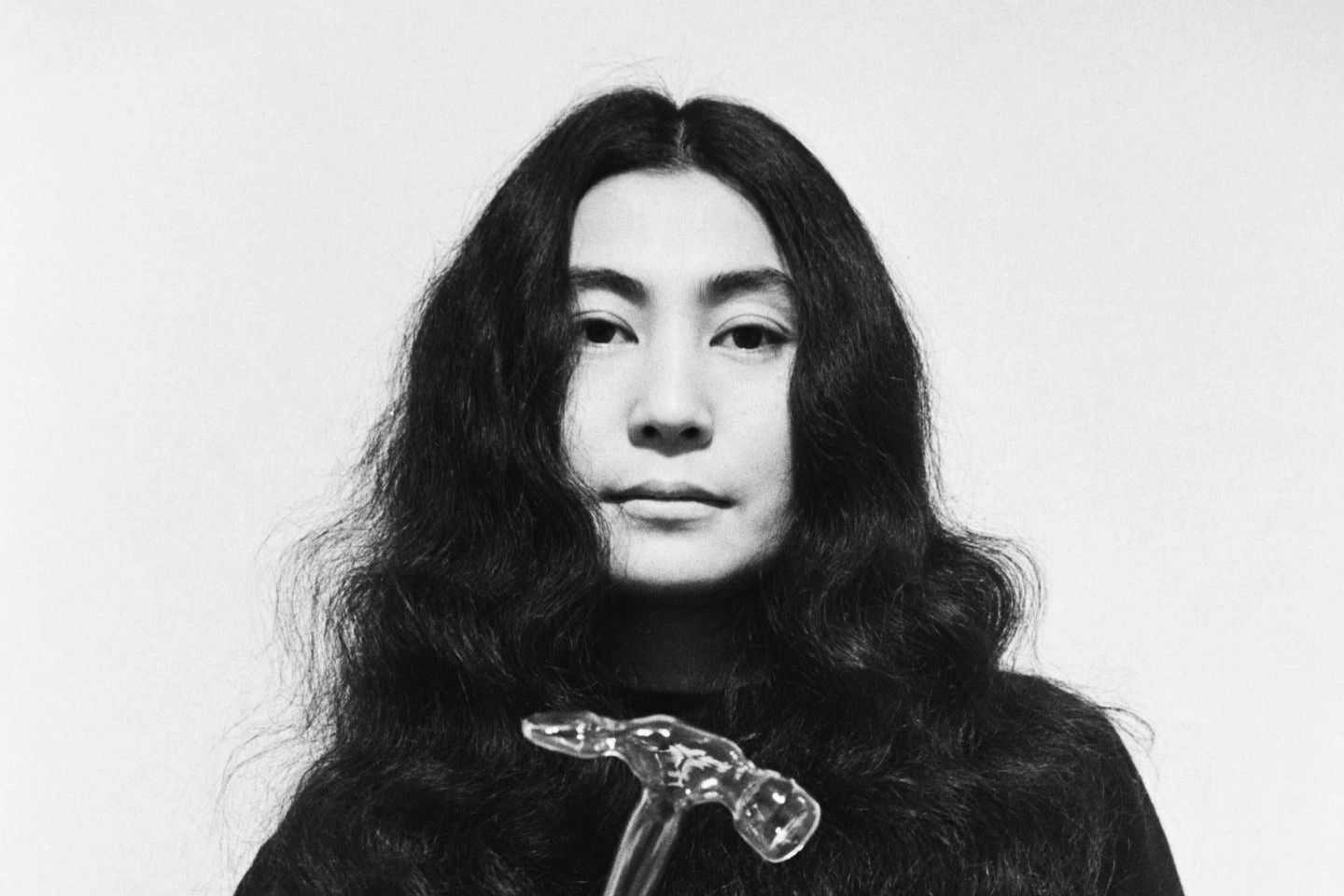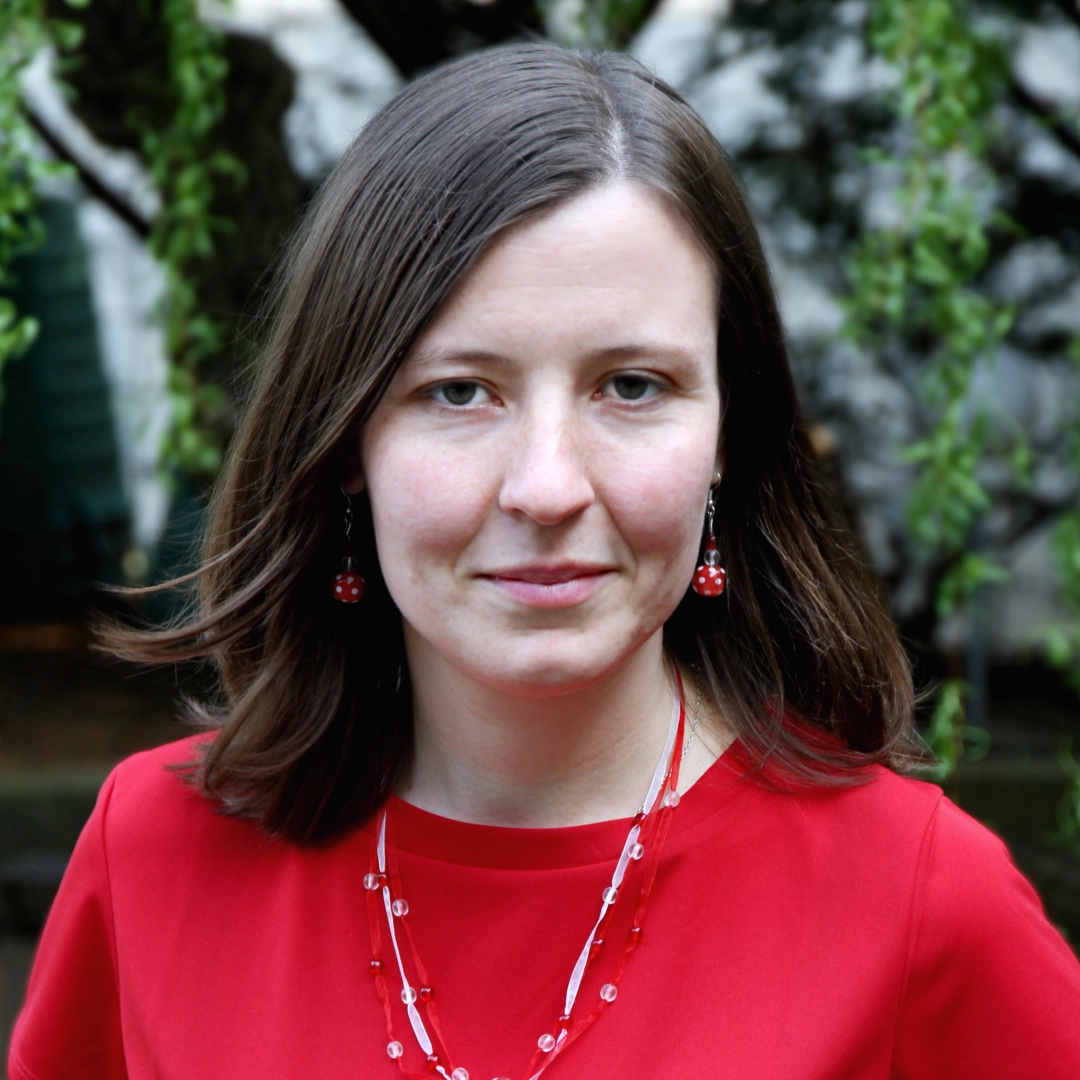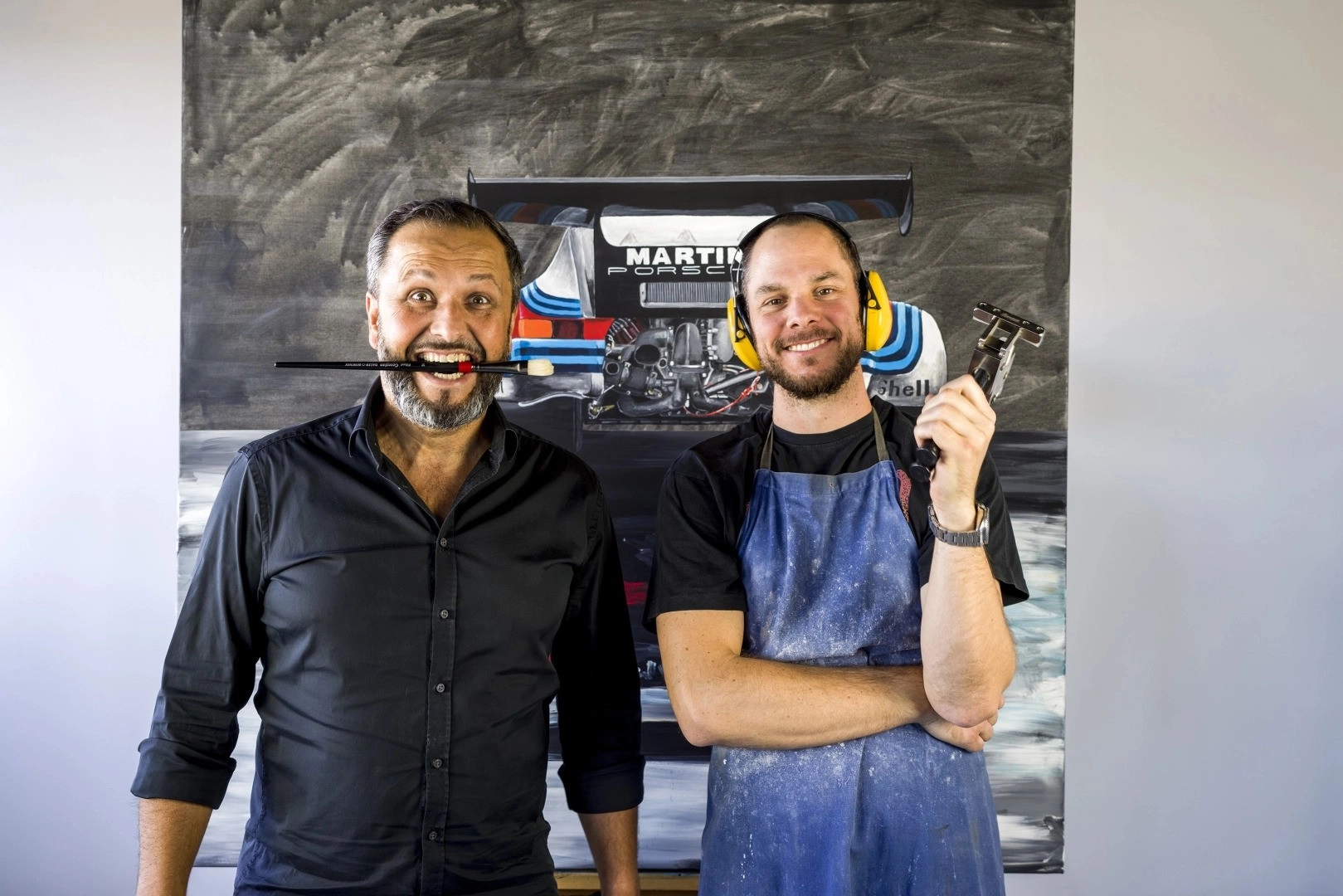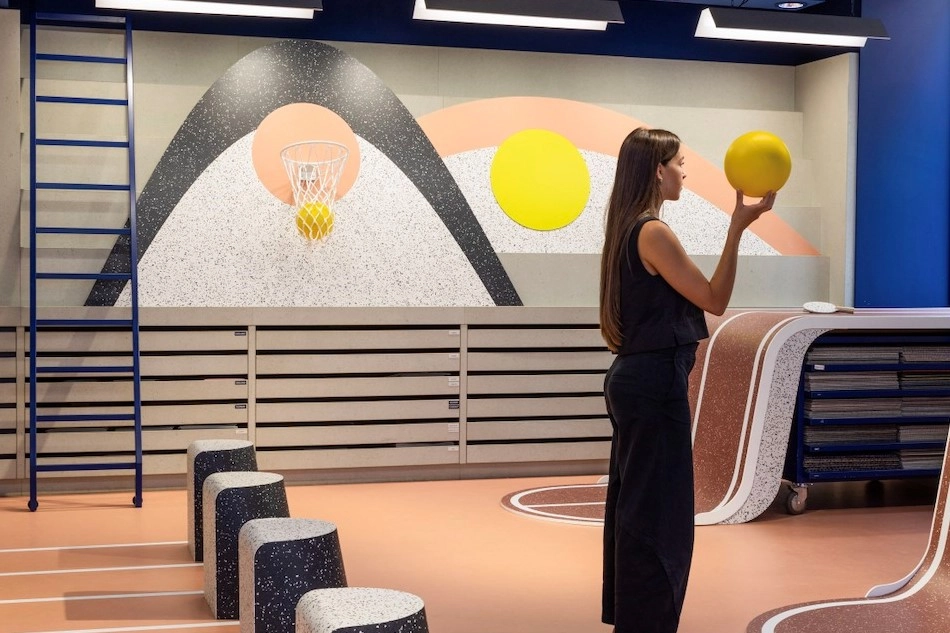As part of the ongoing exhibition "Music of The Mind" at the Tate Modern in London, Yoko Ono has included white chessboards she created in the 1960s. By repainting both the chessboards and the pieces entirely white, the artist transformed the essence of the game. Suddenly, not only is there a loss of clarity regarding which piece belongs to which side, but also the combative nature of the game is altered. This artwork combines two distinct elements of Yoko Ono's work: a call for active engagement from the viewer and a message of peace. You can play this unconventional game in London until September 1st.

The entire exhibition emphasizes imagination and active engagement from the visitor, exemplified by works such as "Painting to Be Stepped On," which visitors are encouraged to step on. This piece first appeared at her inaugural exhibition in 1961 in New York. Visitors are prompted in various pieces to draw, write, leave their imprints, and complement works in various ways. Elsewhere, instructions urge people to listen to the heartbeat, step into all the puddles in the city, or hang leaves with their wishes on trees. For Ono, the physical existence of the work is secondary compared to the interactivity that evokes various reactions in people's minds.
Visitors can hide in a giant bag in the "Bag Piece" from 1964, and they can connect their shadows by tracing them in "Shadow Piece" from 1963. In "Painting to Hammer a Nail" from 1961, exhibition visitors are invited to hammer nails into the artwork. By actively involving the viewer, Yoko Ono reminds us that each of us can influence our surroundings and, in essence, the whole world, a concept that permeates her entire body of work.

The exhibition includes records of the artist's most famous performances, such as the film "FLY," which details flies on a naked woman's body, or "Cut Piece," where visitors were invited to cut pieces of clothing from Yoko Ono's body until she was completely exposed, and then send these textile pieces to someone they love.
One entire section of the exhibition is dedicated to works that call for peace, including the famous bed-in with John Lennon in 1969. At the end of the exhibition, visitors are invited to dip their hands into suspended steel helmets and take away one piece of a puzzle with a pattern of the sky, symbolically intended to end wars
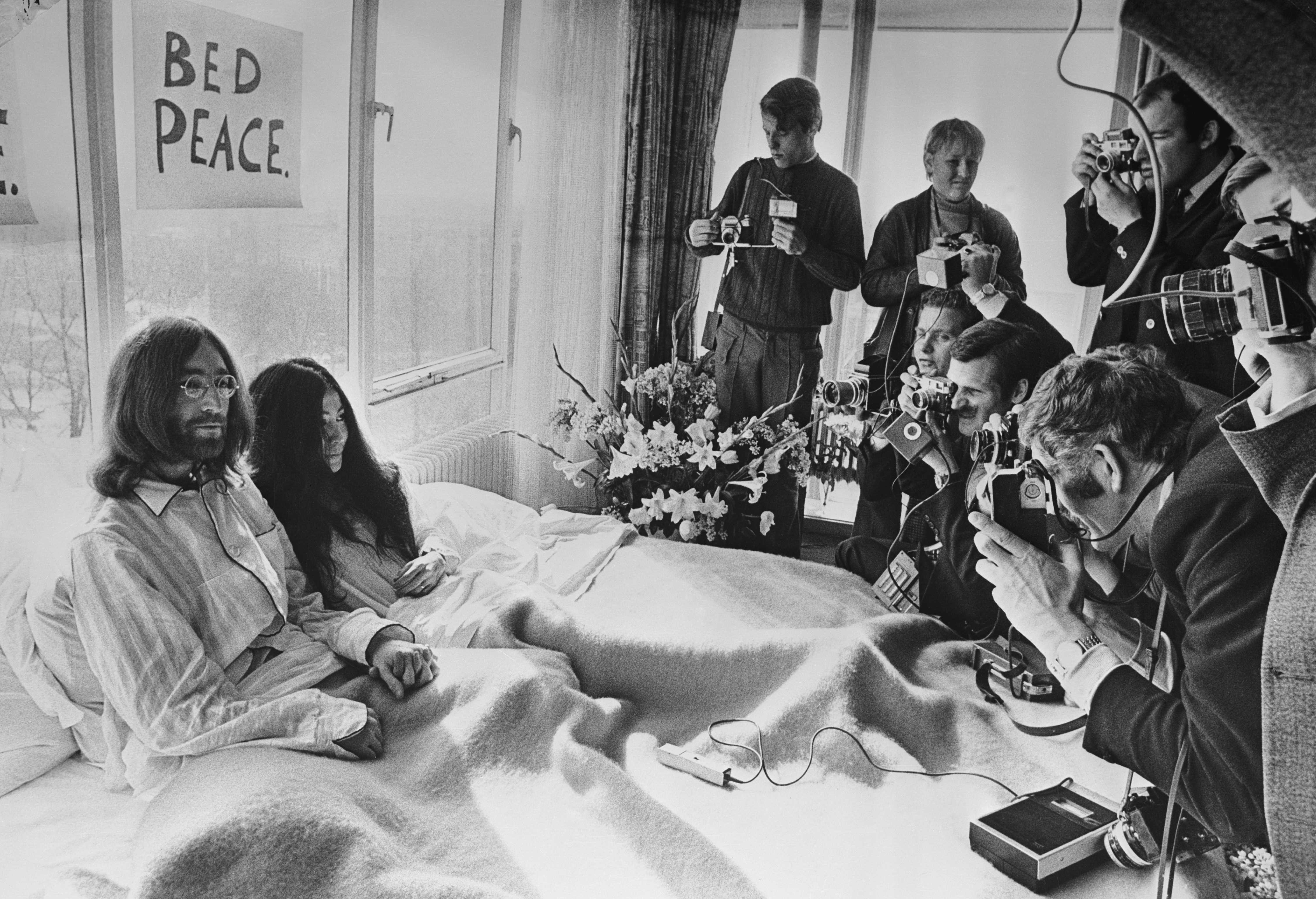
In this part of the exhibition, tables with white chessboards are placed, where visitors can play, white against white on a white relief board. The original piece from 1966 was exhibited under the title "The White Chess Set" at the Indica Gallery in London, but it certainly wasn't the last presentation of white chessboards. For example, in 1991 and 1997, a New York gallery equipped an entire exhibition hall with chess tables and chairs, with Yoko Ono herself joining the game. Later, the White Chess Set was exhibited in many places around the world in various configurations, including several boards placed on a long table and a large outdoor version.
Yoko Ono: White Chess Set, 1966. Photo: Martina Fridrichová
The artwork plays with the rules of the chess game, which eventually become impossible to follow. Players must be careful to remember where they place their pieces. However, as the game progresses across the board and the pieces approach each other, it becomes increasingly difficult to distinguish sides. Eventually, players lose track of which pieces are theirs and which belong to their opponents. The original rules disappear, and participants can create entirely new rules, perhaps even cheat a little, as their opponent no longer knows if a particular piece truly belongs to them. Or perhaps negotiate a peaceful resolution...
„
At the beginning, when you're winning, everything is fine. But when you start losing, suddenly you start defending and arguing about whose piece is actually which.
... the artist herself said for MoMA, according to the result is entertainment where one stops taking things so seriously.
The white pieces on both sides of the whiteboard remove the competitive and combative nature of the game. "Play as long as you remember who your opponent is and who your own self is," Yoko Ono wrote about the piece on the X network. The absurdity of action, where players quickly forget their moves and have difficulty orienting themselves as to which piece actually belongs to them, refers to the absurdity of all wars. Without an opponent, the fight loses its meaning.
The exhibition YOKO ONO: Music of The Mind at the Tate Modern in London is the largest British exhibition capturing key moments in the pioneering multidisciplinary career of the artist, spanning from the mid-1950s to the present. It includes over two hundred works, including instructions, scores, installations, films, music, and photography. The exhibition reveals her groundbreaking approach to language, art, and participation.
.jpg)
The interactive exhibition follows the development of Yoko Ono's artistic expression throughout her career and highlights many of her most significant works, including the banned film no. 4 (Bottoms) from 1966-1967, which she created as a "petition for peace." It also recalls the years spent in London, where she met her future husband and long-time collaborator John Lennon. Films like "FLY" and "Freedom" from 1970 emphasize the exploration of feminist themes, while the issue of peace is represented by campaigns such as the billboard campaign "WAR IS OVER!" from 1969. Tate Modern also presents her latest works such as "Add Color" from 2016, which invites people to paint a refugee boat, or "A Hole," where she exhibited shattered glass in 2009.
The critically acclaimed exhibition confirms Yoko Ono's position as one of the key figures in conceptual and performative art, opening up possibilities for other artists. Mapping seven decades of the ninety-one-year-old artist's work, the exhibition runs until September 1st.
Yoko Ono was born in Japan in 1933. After the American bombing of Tokyo in March 1945, young Yoko fled with her family to the Japanese countryside, where people were suffering from hunger at the time. Yoko and her brother Keisuke spent time staring at the sky, imagining their favorite foods. This experience became the basis for her future artistic career, which is characterized by imagination and demand for world peace. Her Japanese upbringing also influenced her training in many artistic disciplines; as a child, she learned to play the piano and sing, as well as paint, write poetry, and practice calligraphy, and she studied philosophy at university.

In the latter half of the 1950s, Yoko Ono entered the New York art scene, where she met John Cage and George Maciunas. It was a time when the artistic movement Fluxus was emerging in America, and new artistic styles, including happenings and assemblages, were coming into fashion. Ono is a pioneer of early conceptual and participatory art, film, and performance, as well as a musician. While her text-based works from the 1960s are more poetic, her later performances are more activist, but throughout her entire body of work, she places the audience at the forefront. She rejects traditional and objectified art, focusing all her works on ideas and concepts. Throughout her career, Yoko Ono has repeatedly returned to themes such as peace, feminism, and activism.
.jpg)

